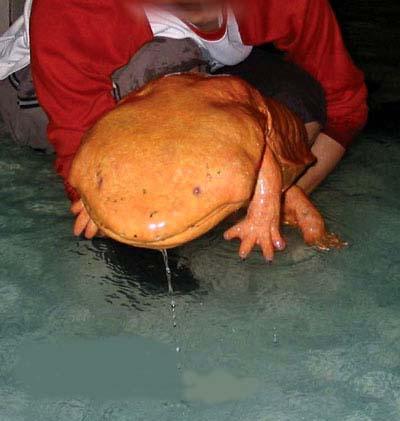Blue Morpho
Male morphos have beautiful blue wings that flash in the sunshine as they fly through the rainforests where they live. There are more than 50 species of morpho and they all come from the American tropics. They were once caught in huge numbers so that their wings could be used to make jewelry, but today many species are protected. The male’s brilliant colour is protected by microscopic ridges on the surface of its scales. These reflect the light in a certain way, making the wings glisten with a metallic blue sheen. Female morphos usually have less blue on their wings, although in some species they are orange or brown.
Scientific name – Morpho species
Distribution - South America
Size - Wingspan up to 14cm
























